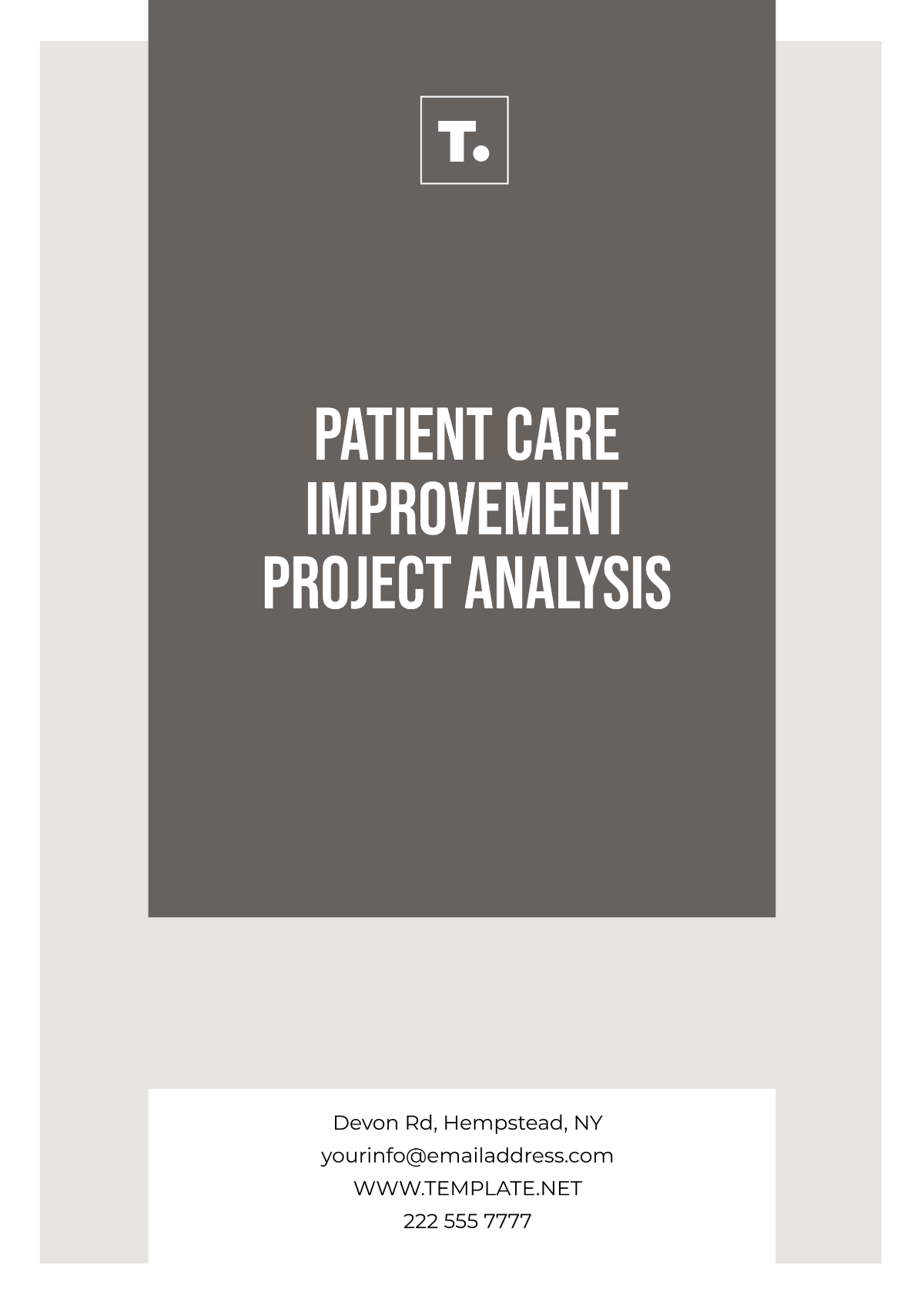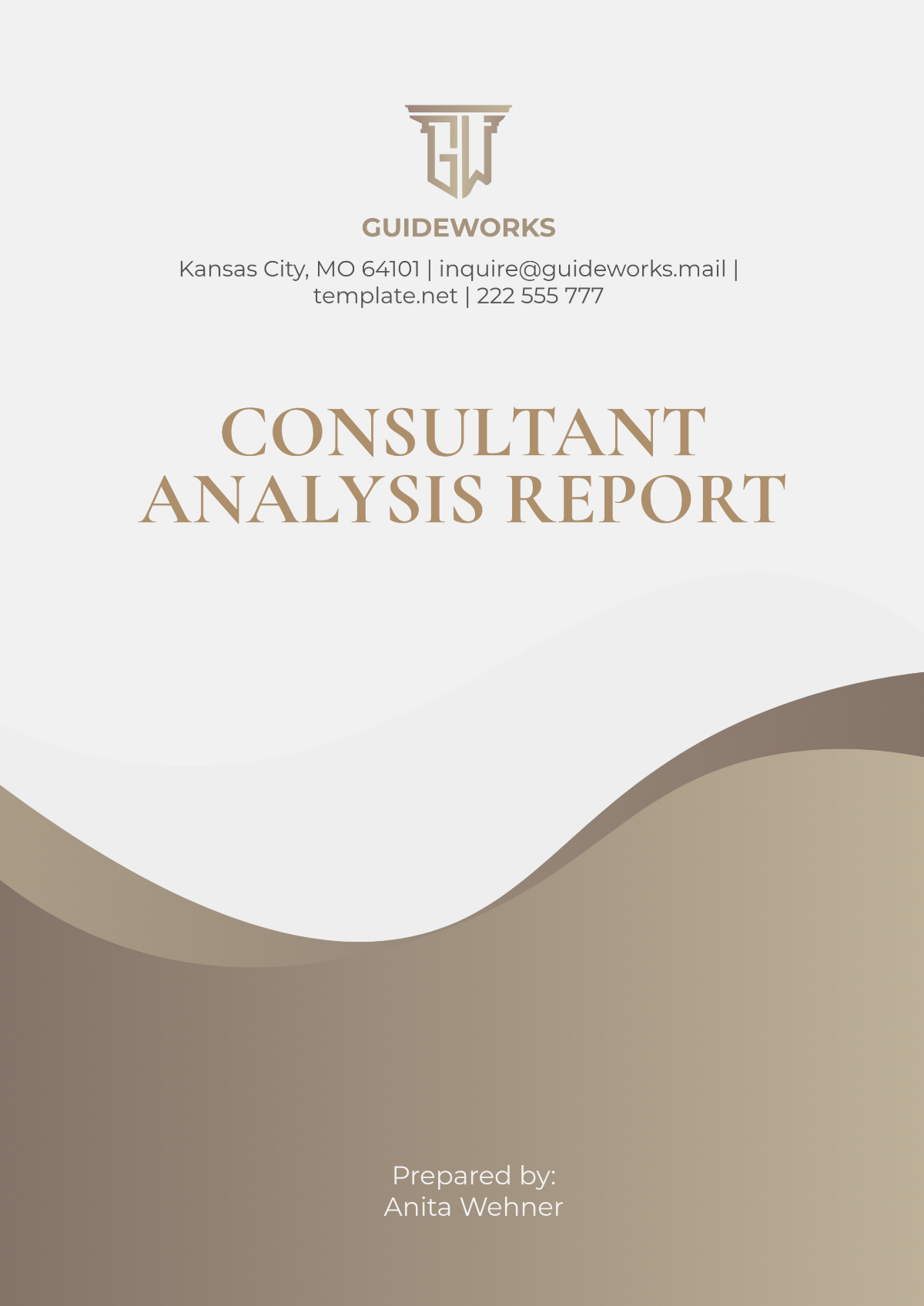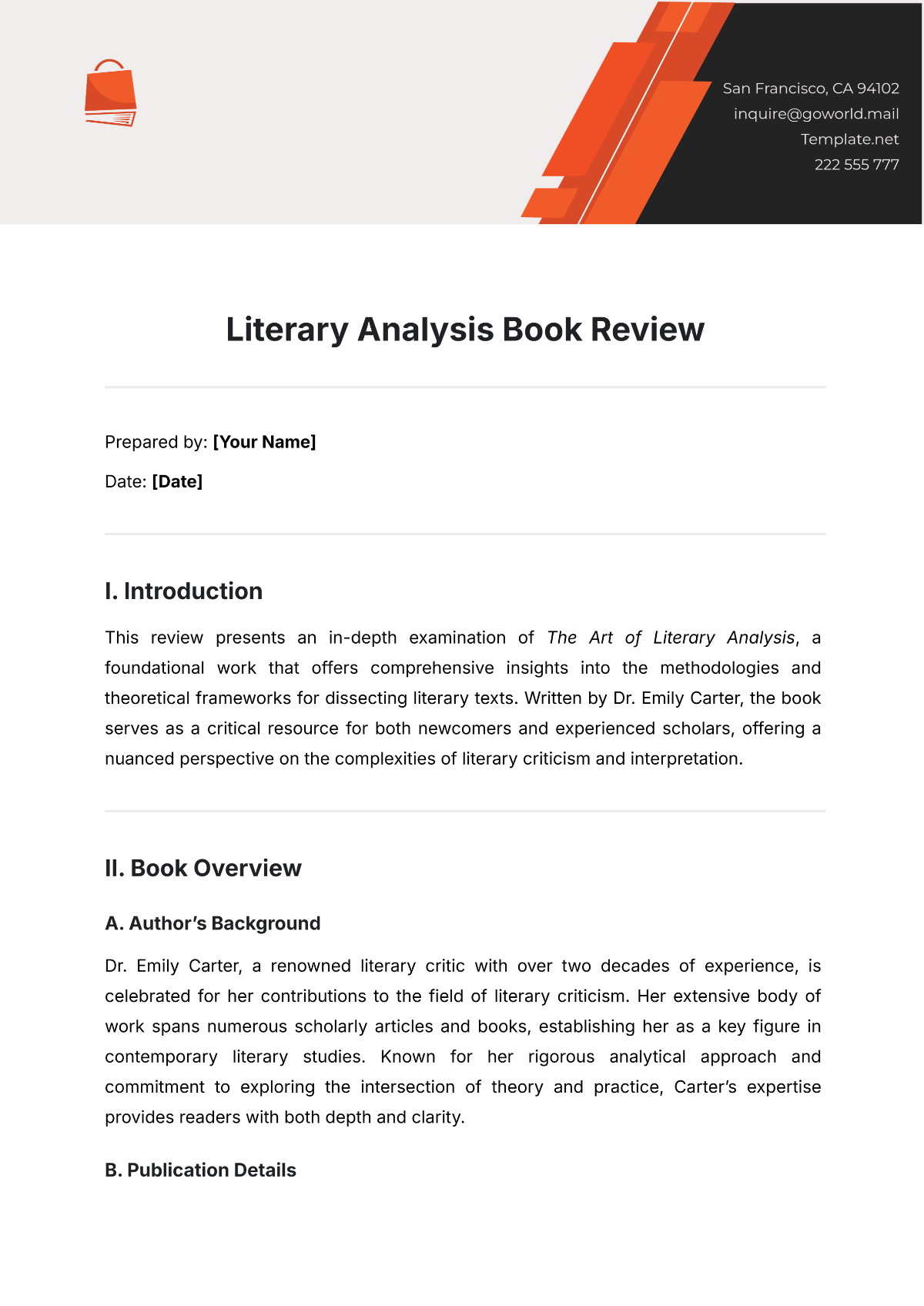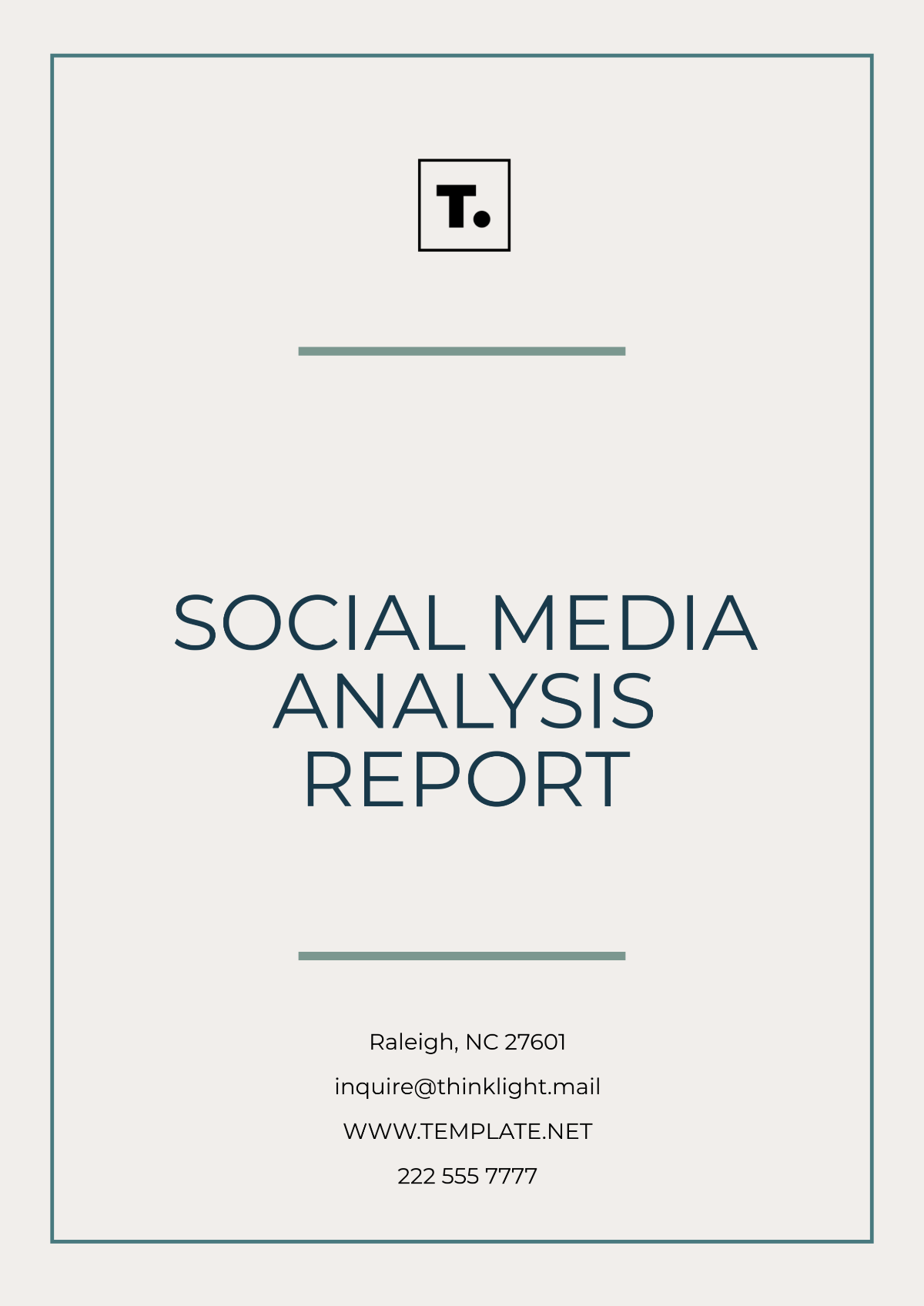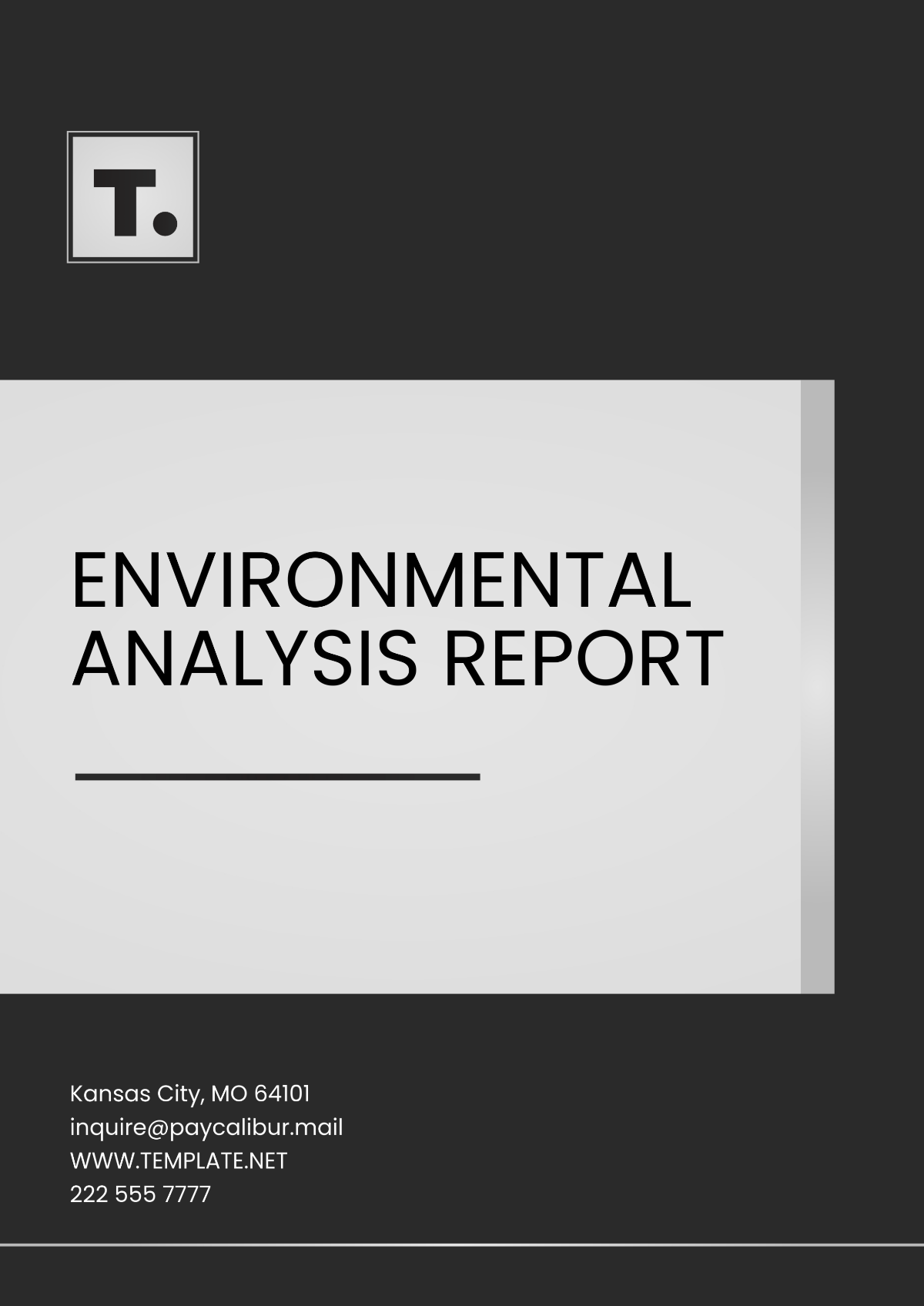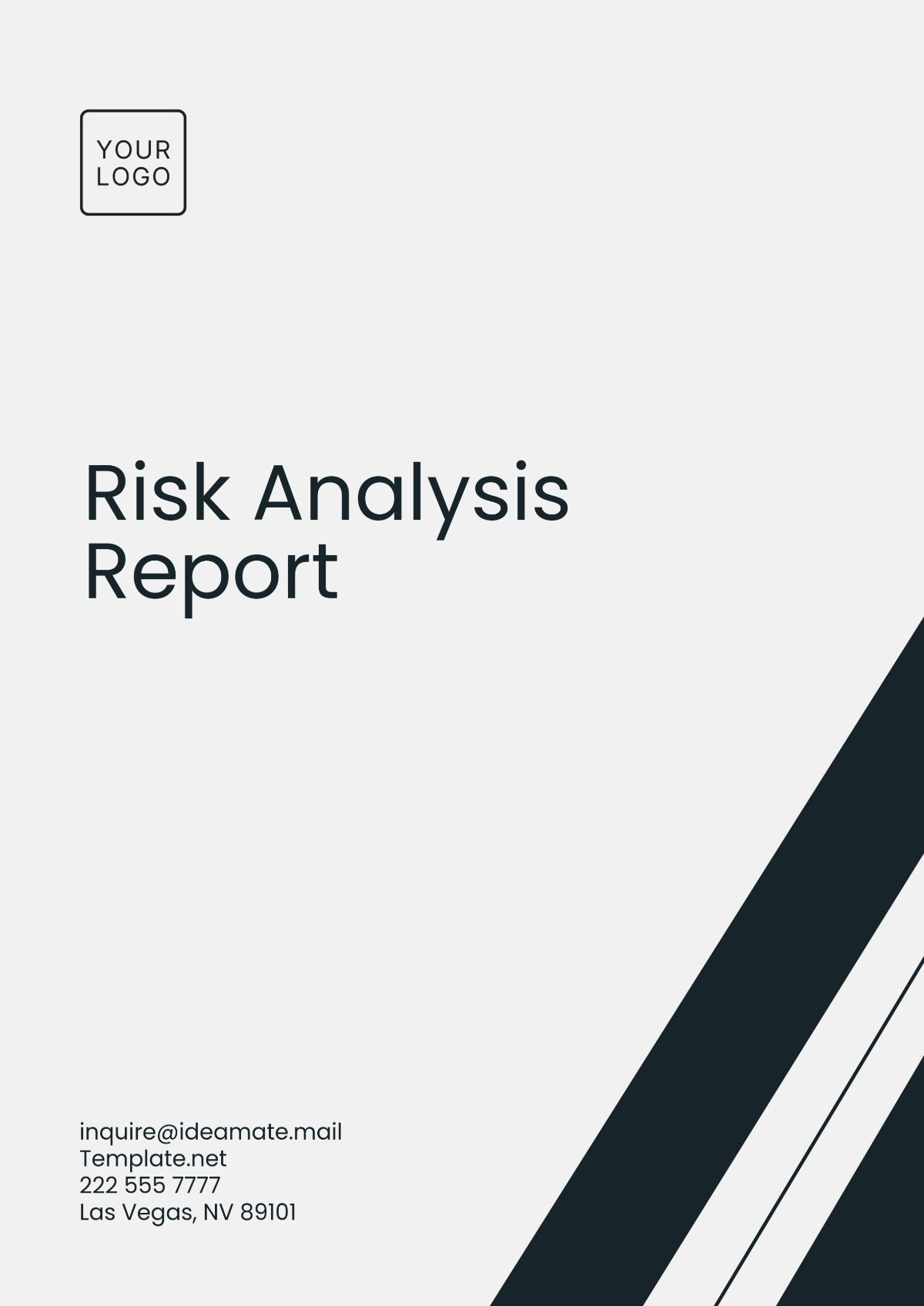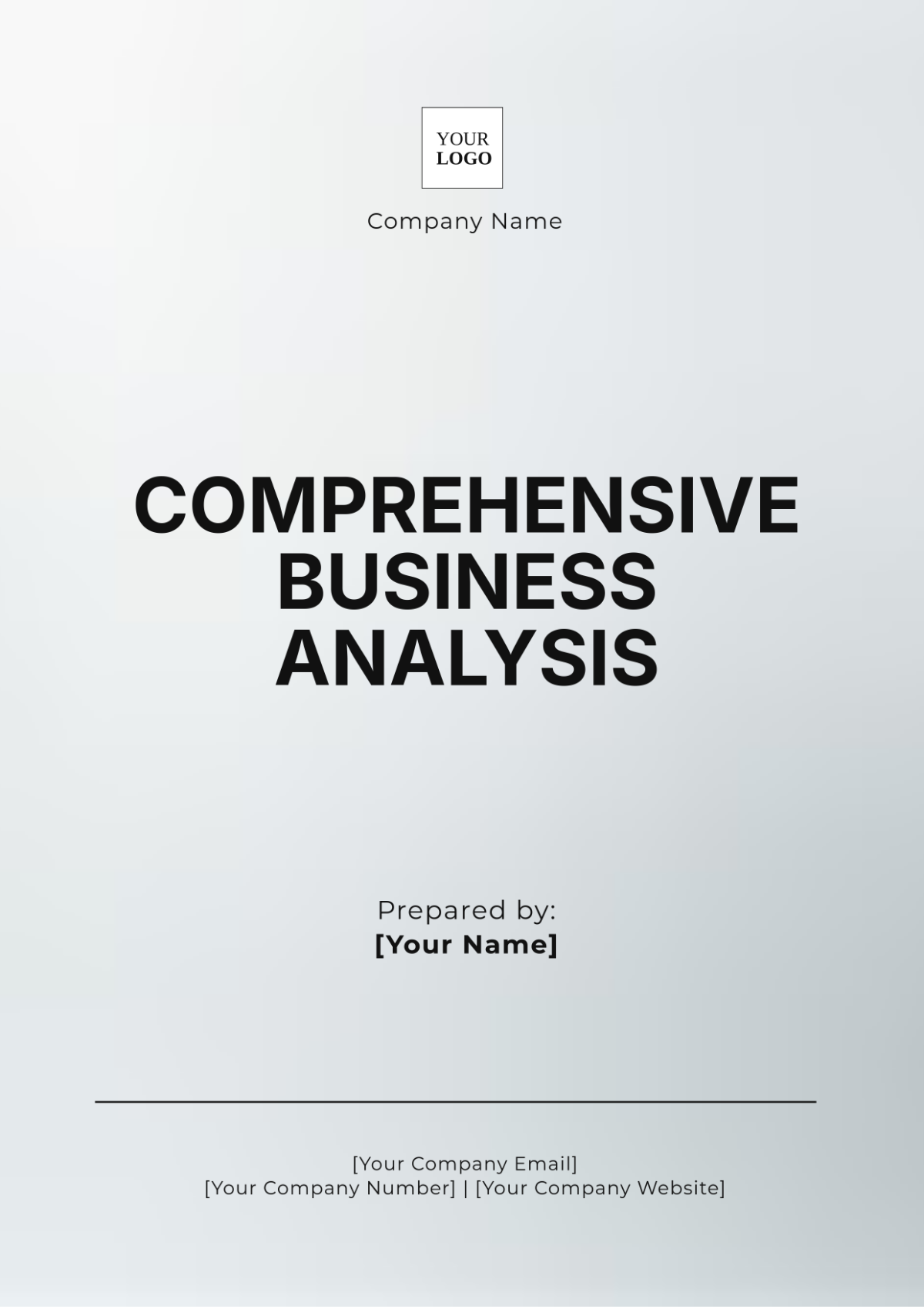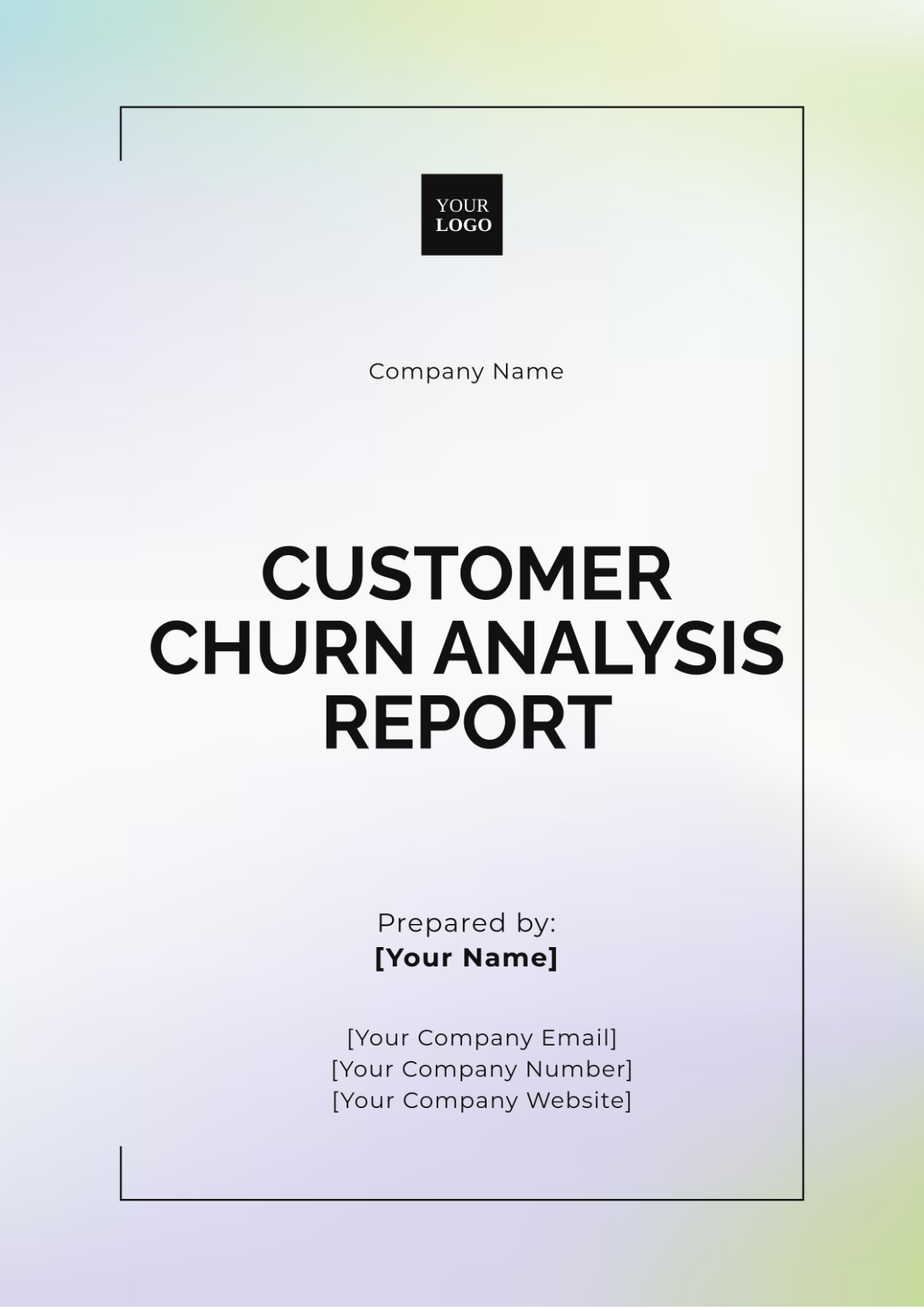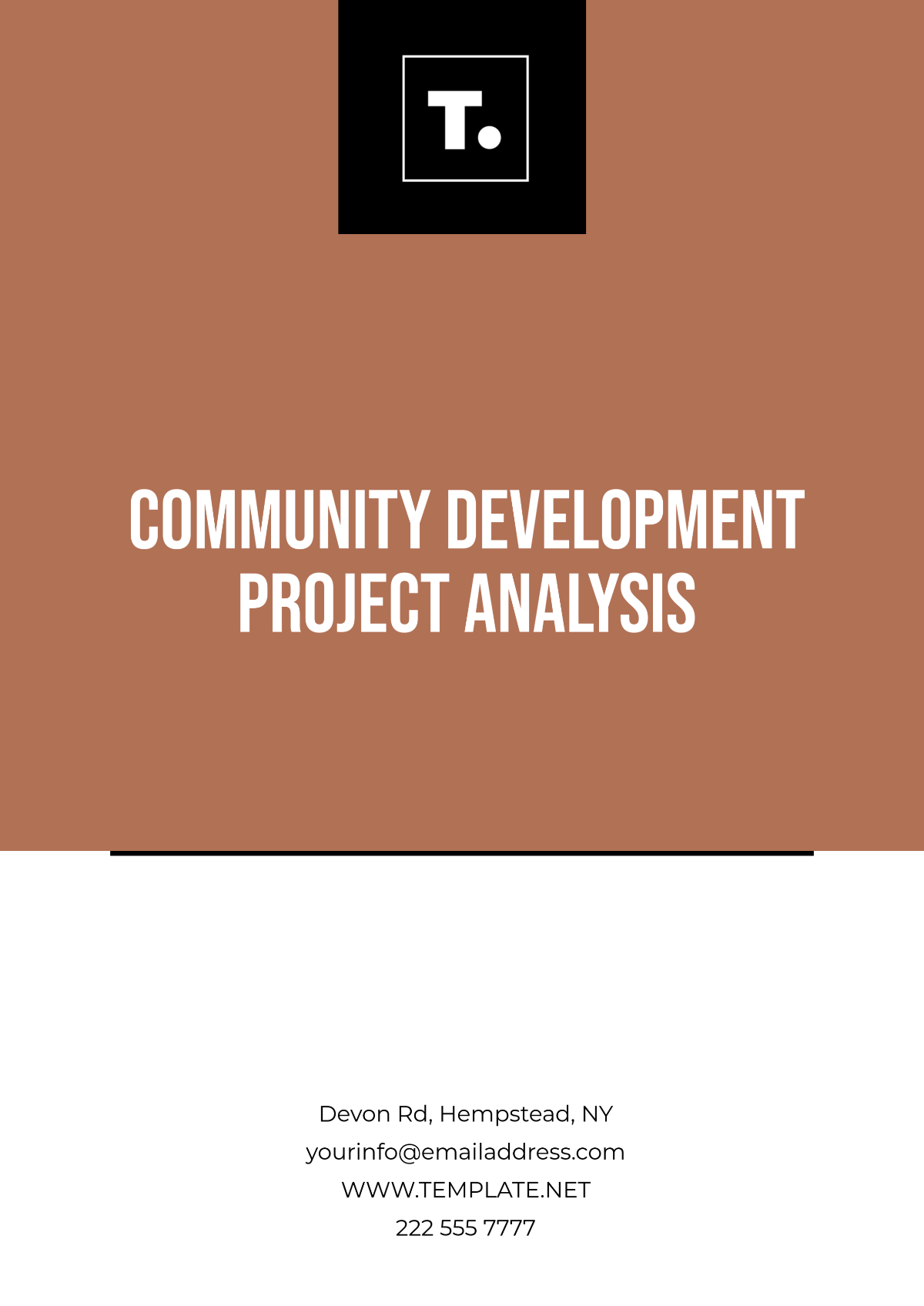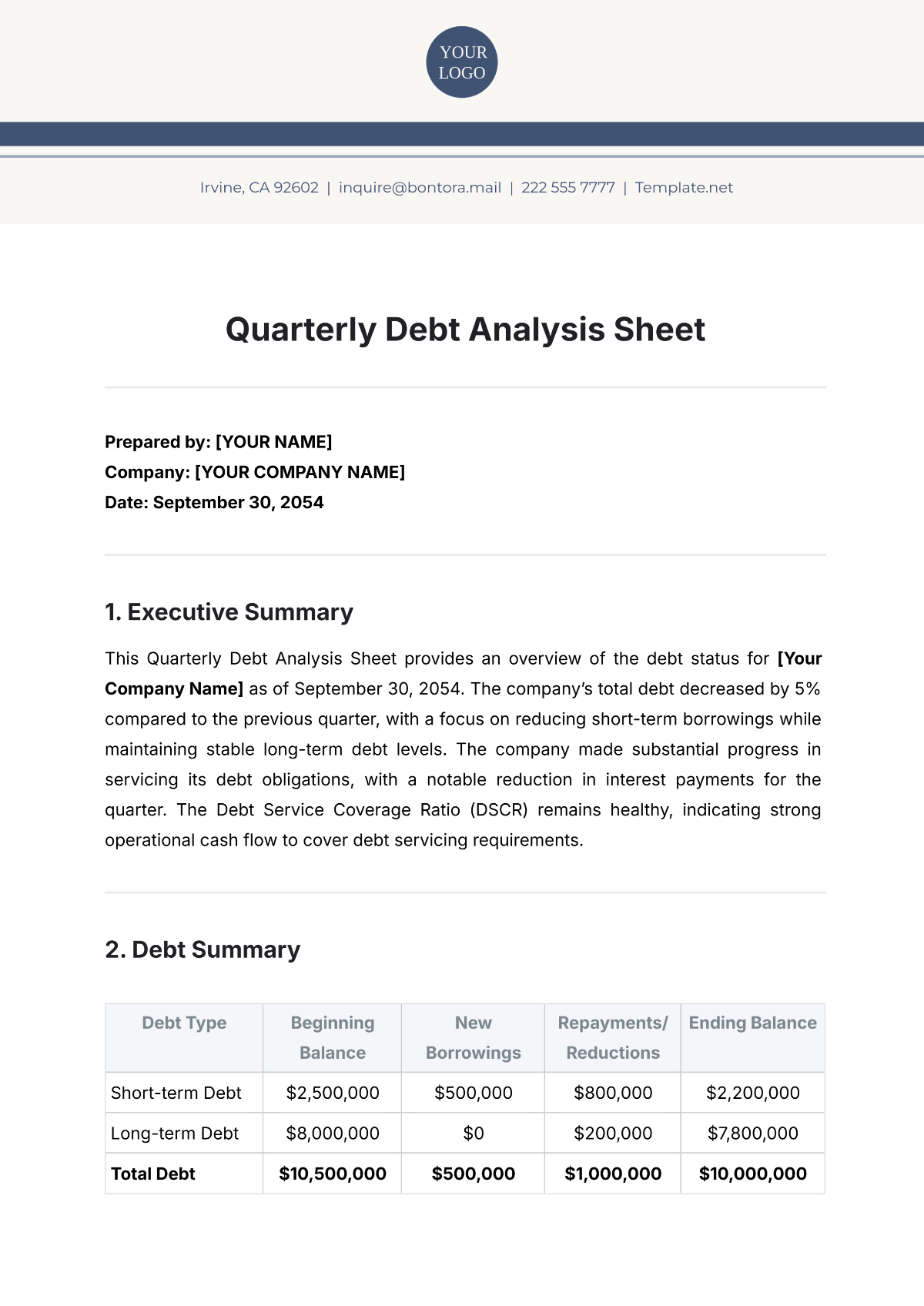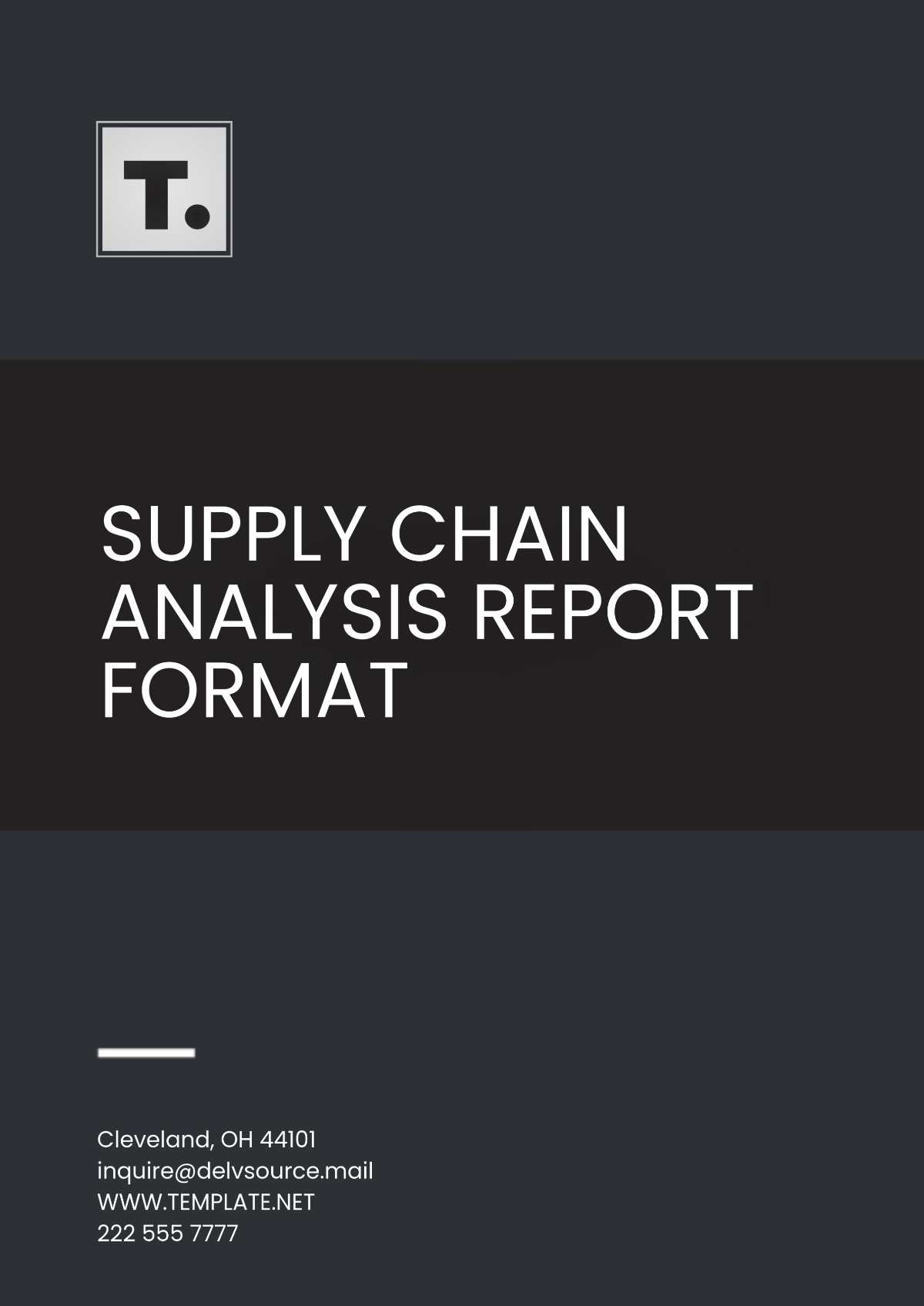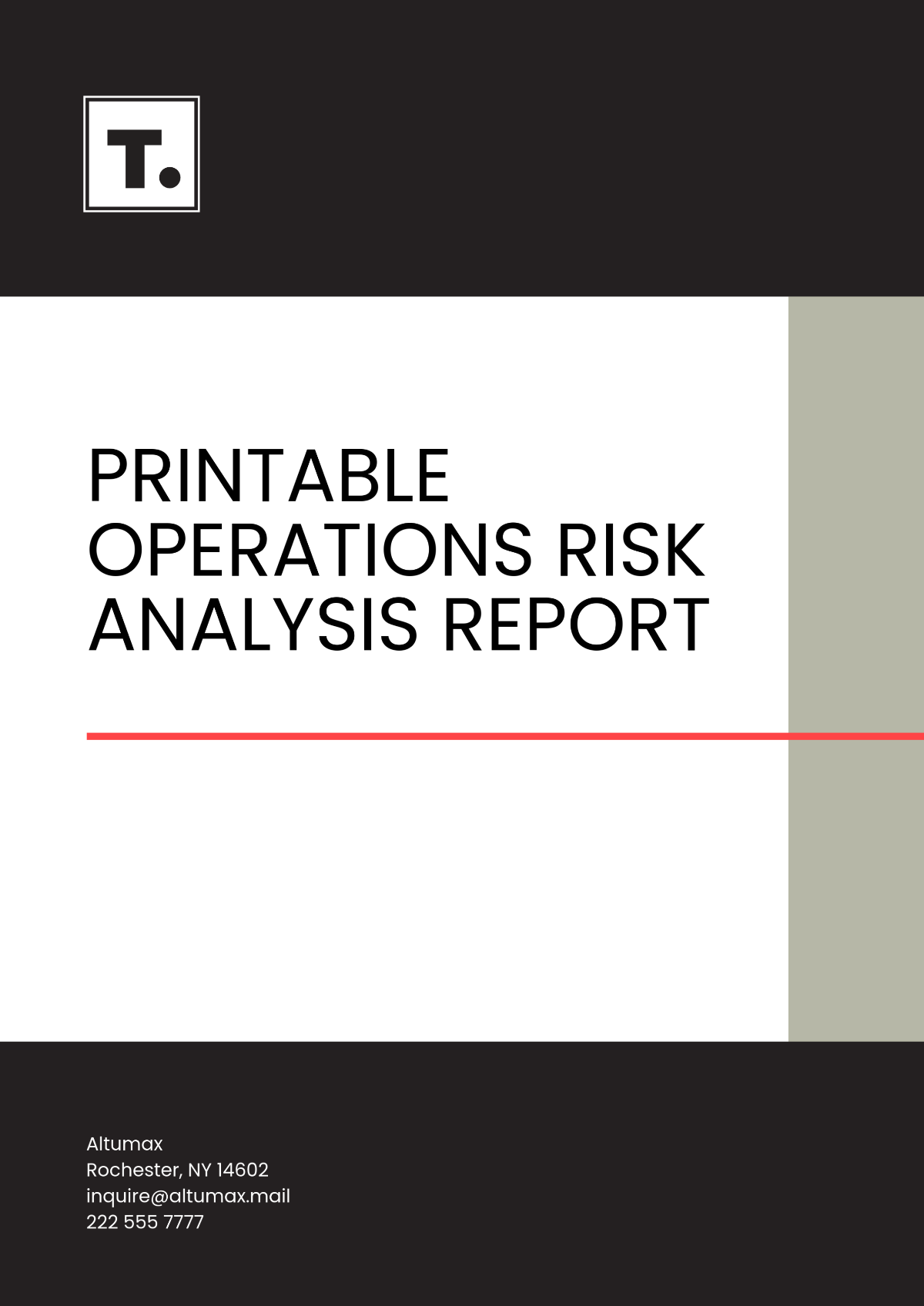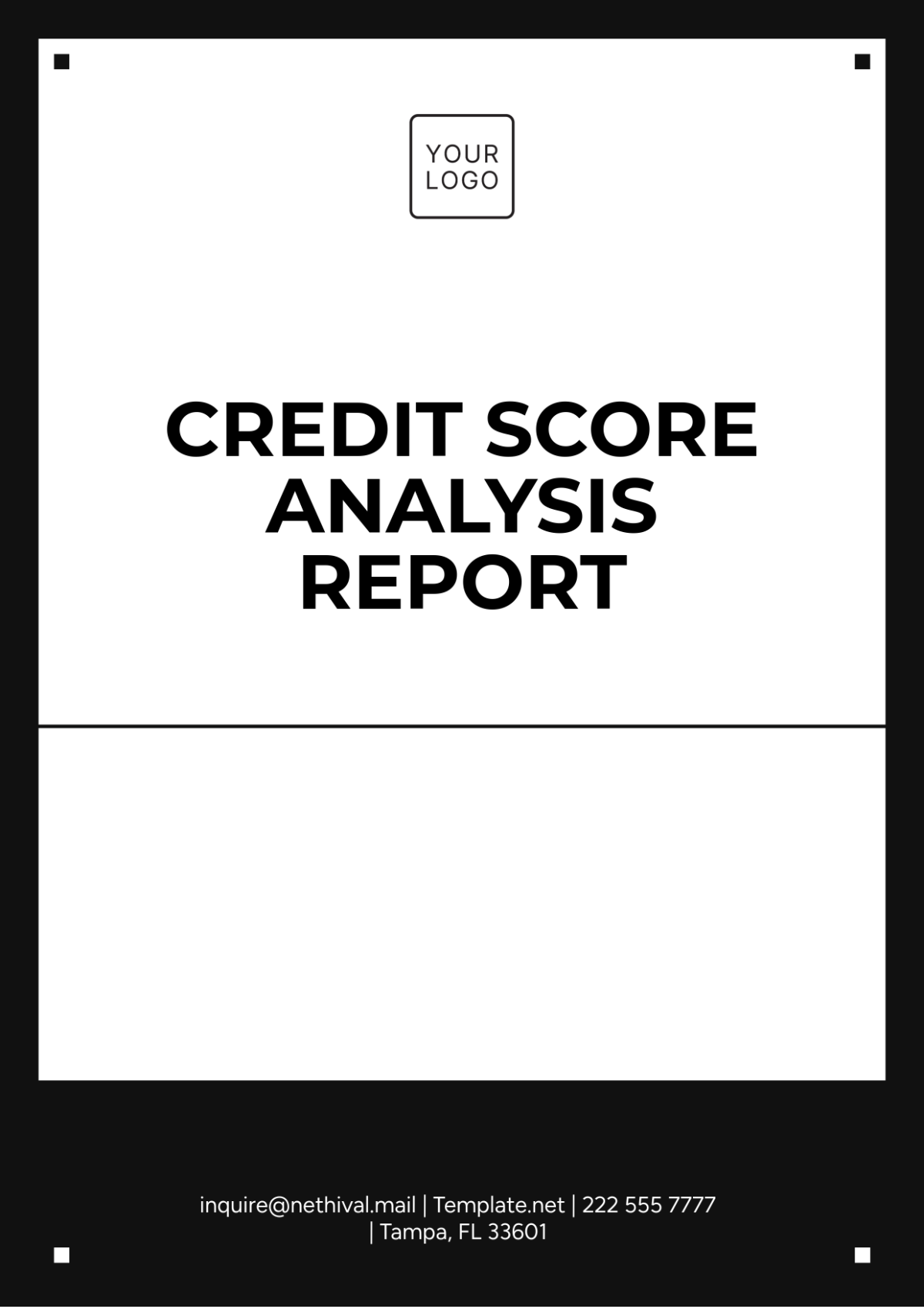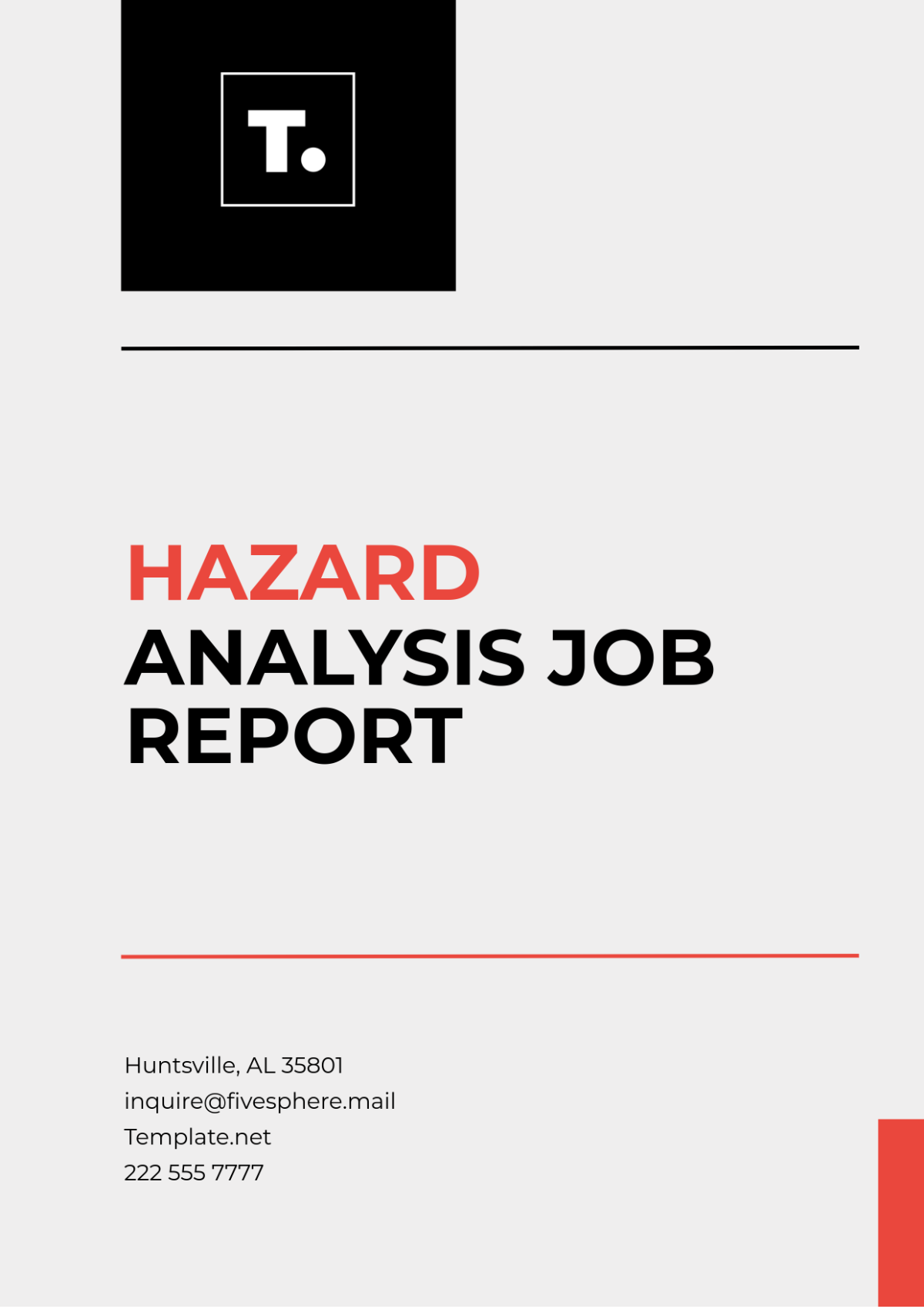Customer Churn Analysis Report
Prepared by: [Your Name]
Company: [Your Company Name]
Date: [Date]
I. Executive Summary
This Customer Churn Analysis Report evaluates the rate at which customers cease their engagement with our company, [Your Company Name], over the past year. By analyzing customer behavior, demographics, and feedback, the report identifies underlying patterns and root causes of churn. The overall churn rate for the year stands at 5.5%, with notable fluctuations in specific months. Ultimately, the report outlines actionable strategies to improve customer retention, increase customer satisfaction, and promote business growth.
II. Introduction
Customer churn is a critical metric that reflects the sustainability and health of a company's customer base. High levels of churn not only reduce revenue but also increase the costs associated with acquiring new customers, which can significantly impact profitability. For [Your Company Name], a 10% increase in customer retention can lead to a 25% increase in profits. This report delves into the factors driving churn, such as service quality, competitive pricing, and customer support, and suggests strategic initiatives to enhance customer loyalty.
III. Data Sources and Methodology
The analysis presented in this report is derived from multiple data sources:
Customer Transaction History Records: These records provide insights into purchase frequency, average transaction value, and any historical interactions with our services.
Demographic Profiles: Collected during account setup, demographic data includes age, location, and income level, allowing for a segmented analysis of churn patterns.
Customer Feedback: Feedback is obtained through surveys, customer support interactions, and online reviews, providing a comprehensive view of customer satisfaction.
The methodology involves both quantitative and qualitative analysis, employing statistical tools to identify churn patterns and trends. Additionally, content analysis is applied to qualitative feedback to uncover common themes and specific customer concerns.
IV. Churn Rate Analysis
A. Definition and Calculation
The churn rate is defined as the percentage of customers who discontinue their relationship with the company within a given period. It is calculated using the formula:
Churn Rate = (Number of Churned Customers / Total Number of Customers at the Start of the Period) x 100
B. Churn Rate Trends
Over the past year, we observed the following churn rate trends, as illustrated in the table below:
Month | Churn Rate (%) |
|---|---|
January | 5 |
February | 6 |
March | 4.5 |
April | 7 |
May | 6.5 |
June | 5 |
July | 8 |
August | 6 |
September | 5.5 |
October | 5 |
November | 4 |
December | 3 |
The data shows a peak in churn during July, coinciding with the introduction of a new pricing model that was not well received by a segment of our customer base.
V. Factors Contributing to Churn
Through analysis, we identified several key factors contributing to customer churn:
A. Customer Behavior
Inactivity Over Prolonged Periods: A significant portion of churned customers had shown inactivity for over three months, leading to a gradual disengagement from our services.
Lack of Engagement with Membership Benefits: Many customers reported not utilizing their membership benefits, indicating a gap in communication regarding available services.
B. Demographics
Younger Age Groups: Customers aged 18-30 exhibited higher churn rates due to lifestyle changes, such as moving to different cities for job opportunities.
Geographic Variations: Geographic regions, particularly urban areas, displayed higher churn rates. Cultural preferences for alternative services significantly influenced these variations.
VI. Customer Feedback Analysis
Analysis of customer feedback has revealed several concerns that align with churn factors:
Price Sensitivity: Many customers expressed dissatisfaction with pricing, feeling that they were not receiving sufficient value for their investment.
Customer Service Responsiveness: A recurring theme in feedback highlighted issues with customer service quality, particularly long wait times and inadequate resolutions to complaints.
Regular feedback collection through surveys and support interactions indicates areas needing improvement. Implementing a customer satisfaction score (CSAT) could help quantify these insights further and track improvements over time.
VII. Retention Strategies
To combat customer churn, we suggest implementing the following strategies:
Improving Customer Engagement: Personalized marketing campaigns, such as targeted email offers based on past purchases, can significantly boost engagement. Consider using automation tools to tailor communication.
Enhancing User Experience: Streamlining the user interface of our website and mobile application can simplify customer interactions. Usability testing and user feedback can guide improvements.
Developing Loyalty Programs: Introduce a tiered loyalty program that rewards long-term engagement and advocacy. For example, customers could earn points for each purchase, which could be redeemed for discounts or exclusive products.
Regular Communication: Establish regular check-ins with customers through email newsletters and feedback surveys to foster a sense of community and connection.
VIII. Conclusion
Understanding the determinants of customer churn provides a foundation for improving retention rates. By addressing customer concerns through targeted strategies, [Your Company Name] can enhance customer satisfaction and ensure sustained growth. Prioritizing customer engagement, service excellence, and continuous feedback loops will remain central to our efforts to minimize churn. With a focused approach, we aim to reduce our churn rate by 1-2% over the next year, translating to increased customer loyalty and enhanced profitability.




